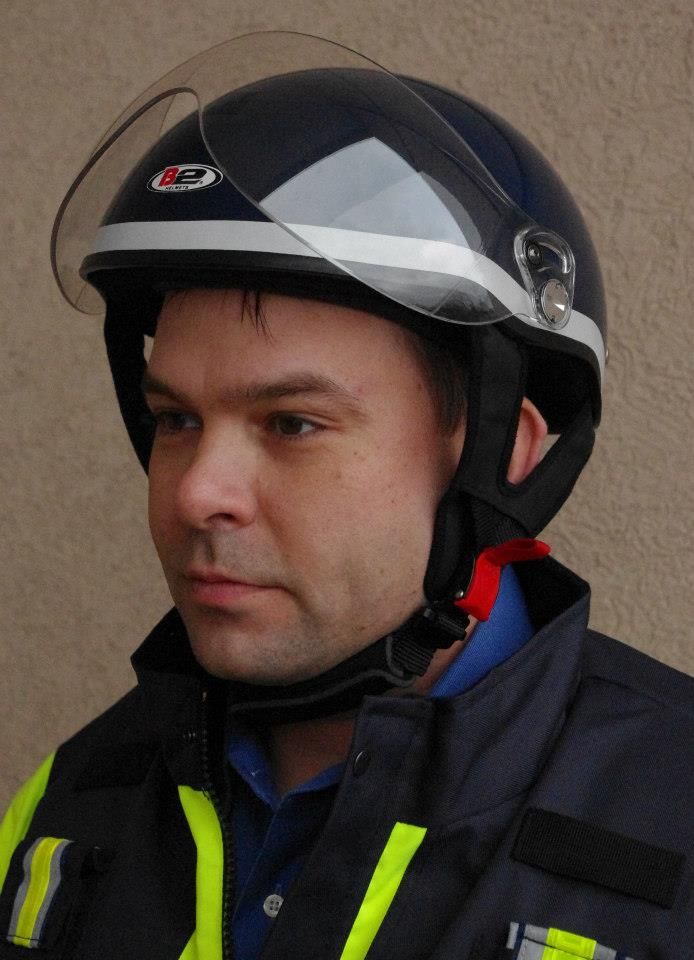If you work in a system like mine, you probably were issued a helmet for use during extrication or other “hazardous” incidents. That’s great and all, but if in all honesty, would you wear it in the most hazardous situation at all, inside a moving ambulance?
Before you break out a smirk, consider this — in this past year many, if not most, EMS providers killed in the line of duty dies during an ambulance crash. I don’t have any specifics, but the same laws of physics that relate to civilian vehicle crashes, applies to EMS vehicles as well.
It’s probably even more so, with our top heavy trucks and their propensity of flipping over. With the likelihood that the provider riding in the patient compartment not being restrained, the chances of a lethal head injury are not surprisingly, pretty good. So why not wear a helmet?
Which comes back to my original point — I know I don’t wear mine because it’s big, bulky and not designed to be worn for long periods of time. If that could be designed, and be good looking to boot, maybe it would change some mindsets. Think race car drivers…..well, okay maybe not that far. There is a solution though.
Our own EMS1 columnist Dan White has been working with Bell Racing to create such a device. Called the B2 Paramedic helmet, it is lightweight, sleek but rigid enough to protect your head from the hard knocks. Communication equipment and protective eyewear can be easily worn with it. It comes in multiple sizes. It probably comes in some neato colors. What’s not to like?
 Photo courtesy Dan White The B2 includes a removable/replaceable fit pad system
|
Features include:
- 3mm injection molded polycarbonate visor
- Curved visor with nose cutout that can accommodate respirators
- Lightweight composite carbon/Kevlar shell
- Liner technology—Multi-density liner design from the advanced F1 Racing Helmet
- Removable/replaceable fit pad system
- 3M reflective tape for enhanced visibility
- Quick-release padded chin strap with steel buckleRetention system allows use of stethoscope or communications
Reconsider what you feel is hazardous to your career. If you think that riding in emergency vehicles fits that definition, consider ways to better protect yourself. This is one example of a proactive approach to that end.












